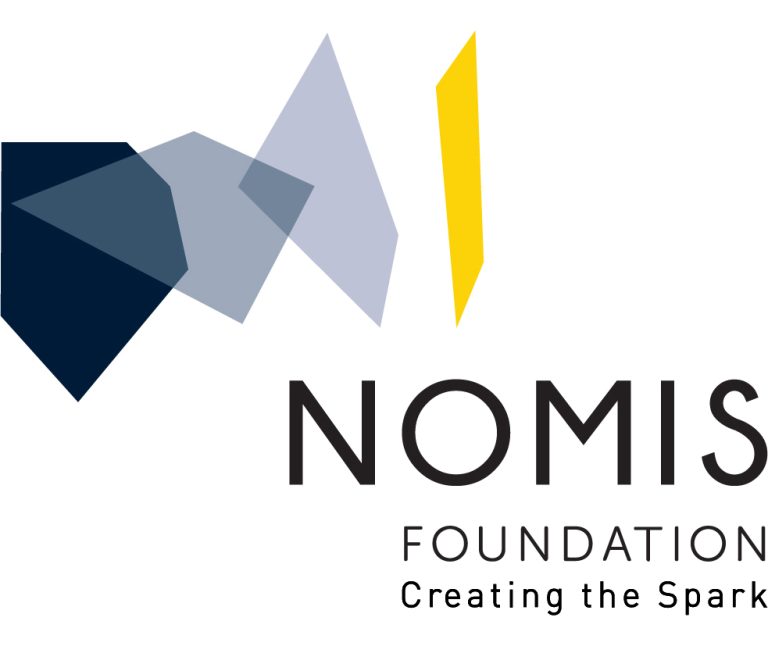Cell migration in narrow microenvironments occurs in numerous physiological processes. It involves successive cycles of confinement and release that drive important morphological changes. However, it remains unclear whether migrating cells can retain a memory of their past morphological states that could potentially facilitate their navigation through confined spaces. We demonstrate that local geometry governs a switch between two cell morphologies, thereby facilitating cell passage through long and narrow gaps. We combined cell migration assays on standardized microsystems with biophysical modelling and biochemical perturbations to show that migrating cells have a long-term memory of past confinement events. The morphological cell states correlate across transitions through actin cortex remodelling. These findings indicate that mechanical memory in migrating cells plays an active role in their migratory potential in confined environments.



